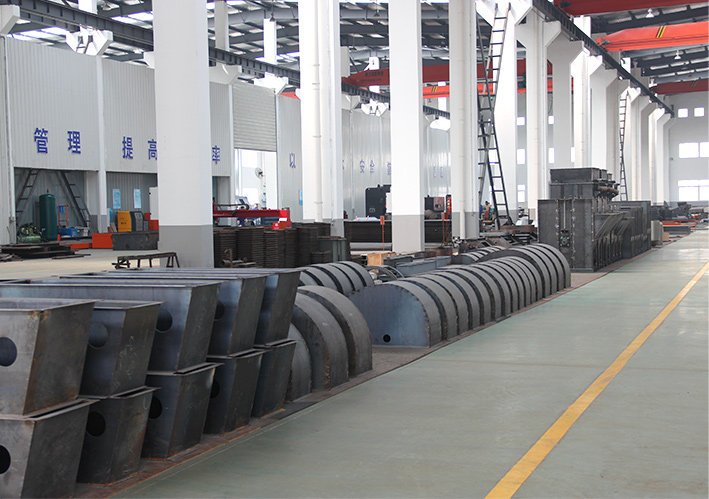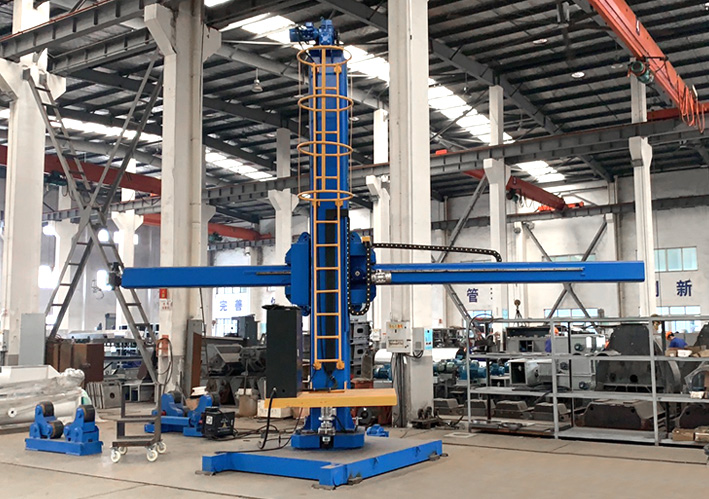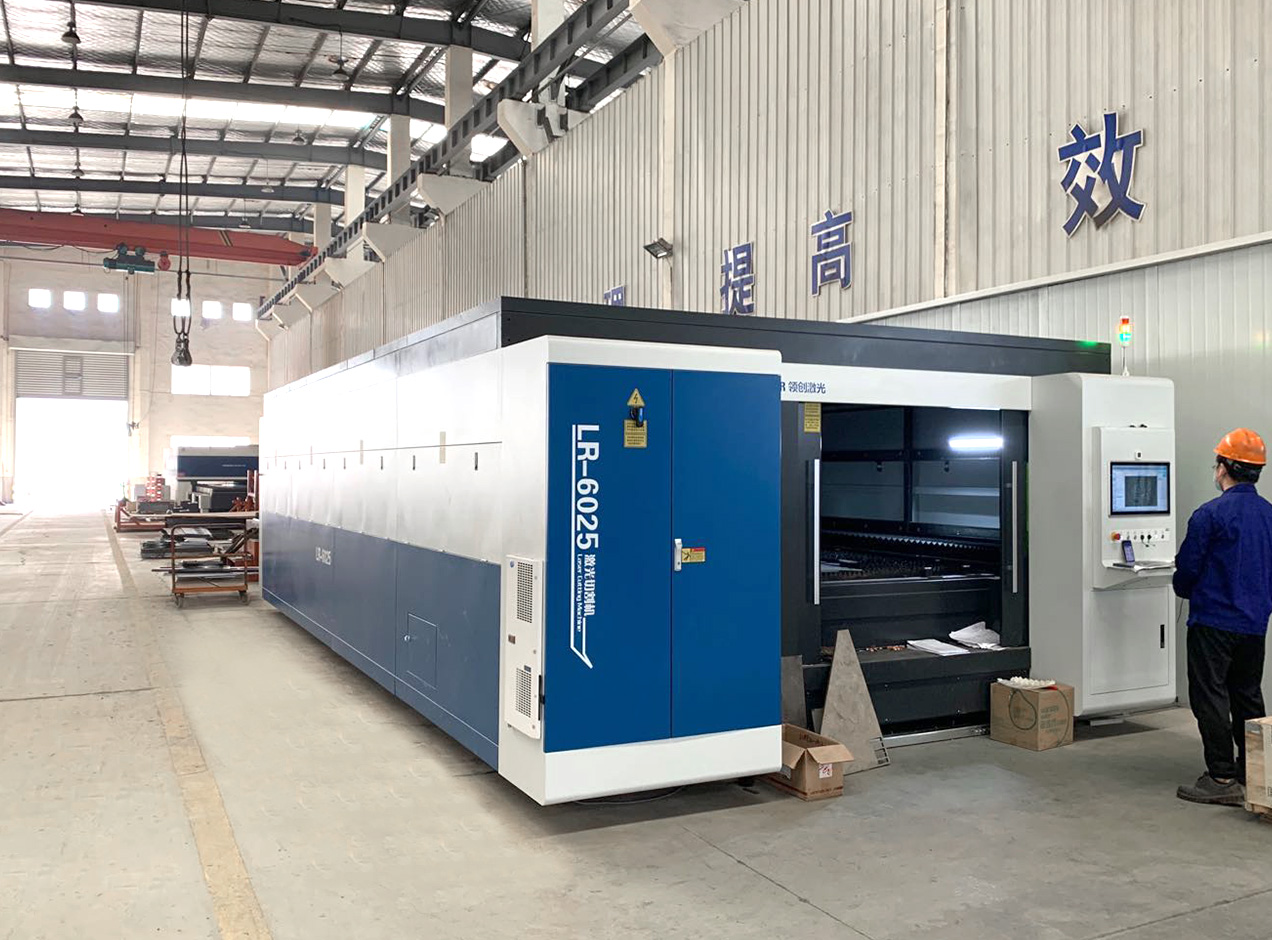How is the feed particle size controlled or adjusted using this Feed Crumbling Equipment?
Screen Size: Feed crumblers often incorporate screens with different mesh sizes. The mesh size refers to the number of openings per linear inch or centimeter. By selecting a specific screen size, operators can control the size of the particles that pass through the screen and those that are retained. Finer screens allow smaller particles to pass through, resulting in a smaller particle size, while larger screens retain larger particles, resulting in a coarser particle size.
Roll Gap: Feed crumblers typically consist of two or more rolls that rotate in opposite directions. The gap between the rolls can be adjusted to control the degree of particle size reduction. A smaller roll gap results in more crushing action and finer particles, while a larger gap leads to less crushing and coarser particles.
Roll Surface Configuration: The surface of the rolls can be designed with different patterns or corrugations to enhance the crushing or crumbling action. The configuration of the rolls can influence the size and uniformity of the crushed particles. Various roll surface patterns are available to achieve the desired particle size distribution.
Feed Rate and Bed Depth: The rate at which the feed material is introduced into the feed crumbler and the depth of the material on the rolls can affect the particle size. Controlling the feed rate and bed depth allows operators to optimize the residence time of the feed material in the crumbler, resulting in the desired particle size.
Speed Differential: The relative speeds of the rolls can be adjusted to control the particle size. Varying the speed differential between the rolls alters the shearing and crushing forces acting on the feed material, impacting the size reduction process.
Preconditioning: Some feed materials may require preconditioning before entering the crumbler. Preconditioning techniques such as steam conditioning, heat treatment, or adding moisture can affect the particle size by softening or making the material more brittle, facilitating the crumbling process.
Can feed crumbling equipment handle different types of feed ingredients, including grains, pellets, or powders?
The term "crumbling equipment" typically refers to machinery used in the animal feed industry to break down pellets or extruded feeds into smaller particles. While the specific capabilities of each piece of equipment may vary, generally speaking, crumbling equipment is designed to handle a variety of feed ingredients, including grains, pellets, and powders.
Grains: Crumbling equipment is commonly used to process whole grains such as corn, wheat, oats, and barley. The equipment is designed to break down the grains into smaller pieces, which can improve digestibility and feed conversion for animals.
Pellets: Crumbling equipment is particularly useful in handling pellets. Pellets are compressed feed forms that are made by subjecting a mixture of ingredients to heat and pressure. Over time, pellets can become hard and lose their integrity. Crumbling equipment helps to break down these hardened pellets into smaller particles, making them easier for animals to consume and digest.
Powders: While crumbling equipment is primarily designed to handle grains and pellets, some models may also be capable of processing feed ingredients in powder form. However, it's worth noting that powders can present certain challenges, as they can be more prone to fines and dust generation during the crumbling process. Dust control measures may need to be implemented to minimize loss and ensure the safety of both operators and animals.

 English
English Español
Español عربى
عربى Français
Français



















 Tel: 0086-519-87905108
Tel: 0086-519-87905108  Email:
Email: 